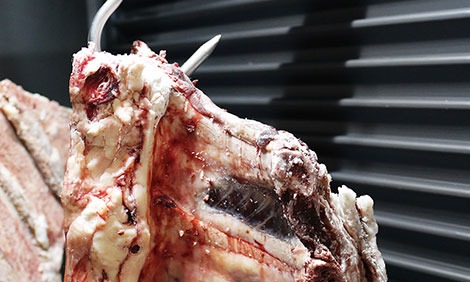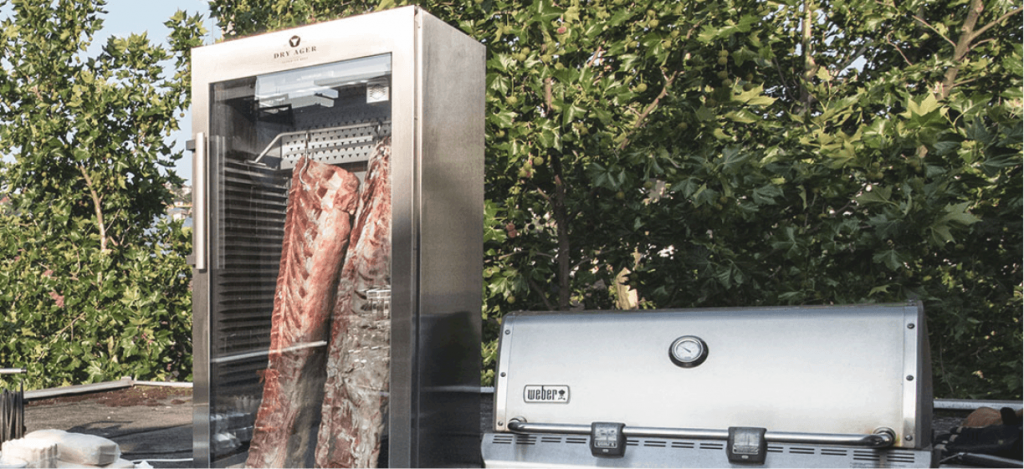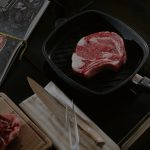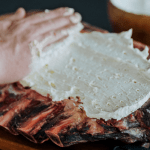Is Dry Aged meat a premium ingredient?

Dry aged meat has become a steadily burgeoning trend in the world of fine dining, gaining more and more traction over the last few years. It’s the epitome luxury meat, a delicacy attracting a high price point, so what makes dry aged meat a premium ingredient?
One of the main reasons dry aged meat if more expensive than other cuts is because of its potential weight loss. When a steak is dry aged, it can lose a portion of its total weight. This is part of what makes the meat special, because as all the liquid in the meat is removed, the flavours are concentrated and intensified.
However, once meat is dry aged it incurs “waste” in the sense that beef is sold by the gram, and after dry aging it that weighs less than if you sold it un-aged. For this reason, almost no supermarket beef or that in most restaurants is dry aged (most is wet aged, which does little to improve the flavour of the meat).
... an artisanal technique that requires considerable expense, expertise and time to create, all of which contribute to its luxury status.
Another reason dry aged meat can be considered a premium protein is the amount of time invested into perfecting it. On average, a steak will be dry-aged for a minimum of 21 days. During this time, the meat environment must be carefully monitored, humidity, temperature and sterilisation levels specifically. Spending almost a month perfecting a single steak is only viable because of how much better the product becomes. Regardless, the huge investment of time imbues the steak with extra value.

Dry aged meat is also an extravagance because of the skill it takes to ensure that the meat does not spoil. If the meat is not hung in a room or cabinet with perfectly regulated temperature and atmospheric conditions the reaction process may not occur properly, which may cause spoilage.
Try dry aged meat from a retail butcher store
Because the dry aging technique employs certain bacteria to create the chemical reactions that improve flavour, if this process is not carefully control it can impact food safety. Much of the meat used in this process is already high-quality, so putting it through this process has the potential to make a large loss.
So, dry aging is an artisanal technique that requires considerable expense, expertise and time to create, all of which contribute to its luxury status.

But the final, and biggest reason dry aged meat can be considered a premium ingredient is how much more delicious it is when compared to an ordinary, wet-aged protein.
The complex series of chemical reactions that the meat undergoes during the process concentrates and alters the meat’s flavour. At the same time, the connective tissues begin to break down, making the beef more tender, but again, without any loss of flavour. Dry aging does for red meat what cave aging does for cheese or cellaring for Bordeaux – improves the quality greatly with time.
So the next time you dine out and order a dry aged steak, when you see the price tag, consider the many hours of dedication that have gone into creating the perfect dish that you are eating.
You may be interested in:

Dry Ager goodness, delivered fortnightly.
Join the meat press
Copyright © 2025 Dry Ager Australia & NZ
Website by SILVERLANE™
CONTACT US
Distributor for Australia & NZ
e: sales@dryager.com.au
p: 1300 113 115
Opening Hours
Monday to Friday 8am - 4:30pm




